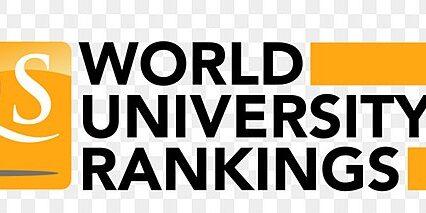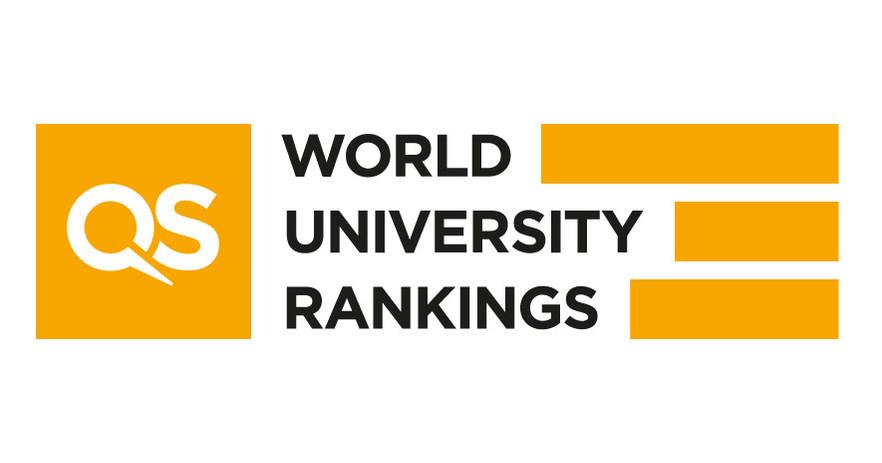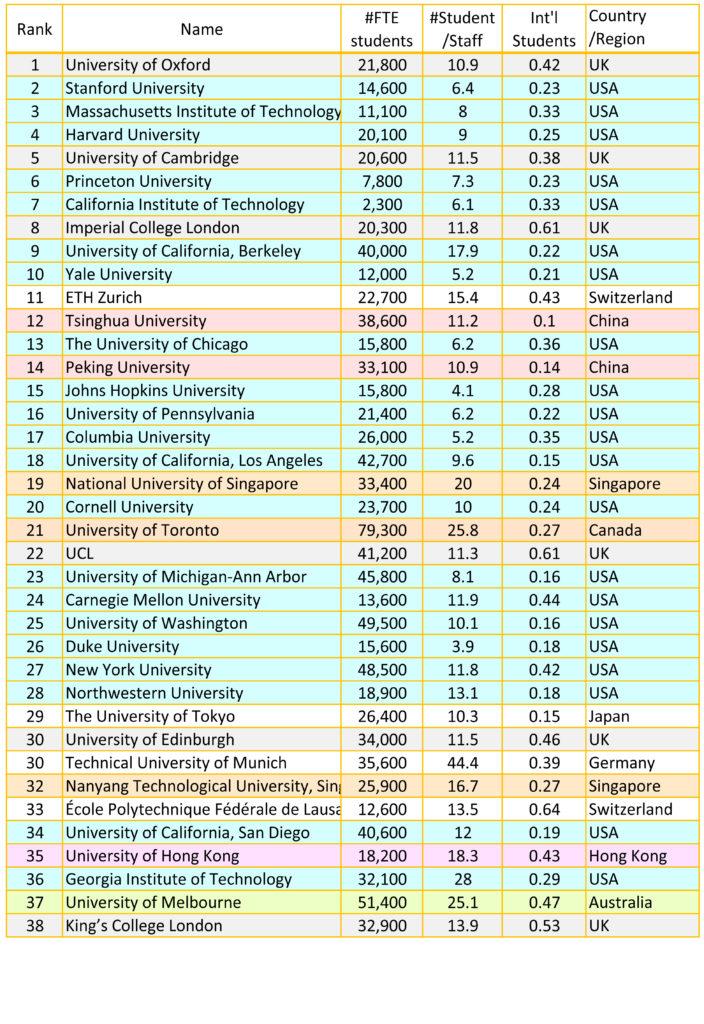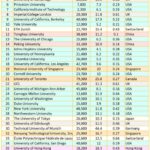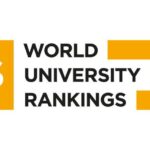Now Reading: The Impact of University Rankings on International Student Choices.
-
01
The Impact of University Rankings on International Student Choices.
The Impact of University Rankings on International Student Choices.
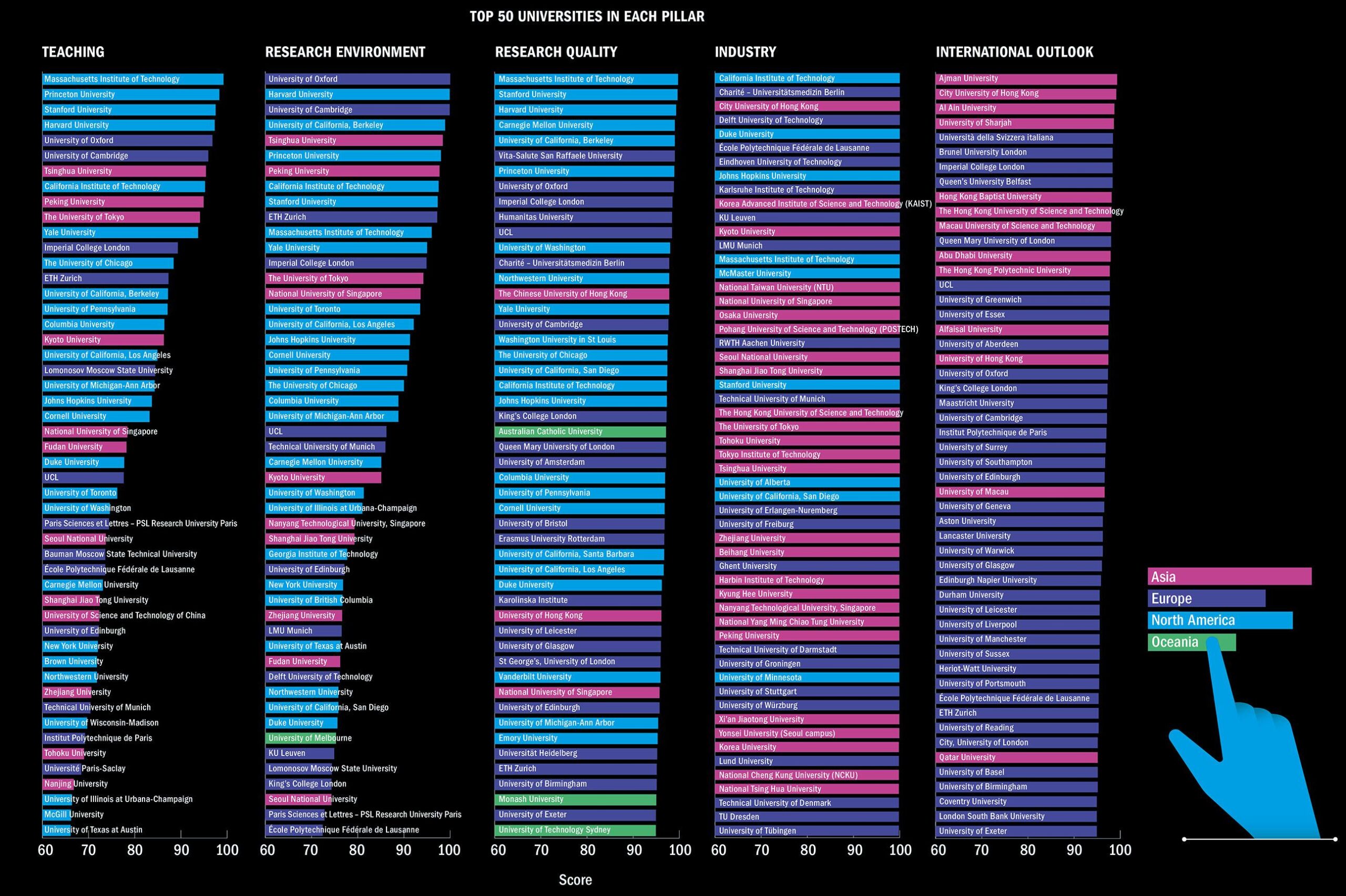
In an increasingly interconnected world, the pursuit of higher education has transcended borders, encouraging students from diverse backgrounds to seek knowledge and opportunities beyond their home countries. With thousands of universities vying for attention, the battleground for attracting international students has shifted to rankings that promise prestige, quality, and potential career success. But how much do these rankings truly influence student choices? This article delves into the intricate tapestry of factors that shape international students’ decisions, exploring the role that university rankings play in guiding their academic aspirations and unveiling the often unspoken nuances surrounding this global phenomenon. As we navigate the myriad influences at play, we seek to understand whether these numerical hierarchies reflect the true essence of educational experiences or simply serve as polished facades in a competitive landscape.
Understanding Global University Rankings and their Influence on Student Decisions
The landscape of higher education is increasingly influenced by global university rankings, which serve as benchmarks for prospective students evaluating their options. these rankings, provided by organizations such as QS, Times Higher Education, and Academic Ranking of World Universities, assess institutions on various criteria like academic reputation, research output, and employer reputation. As students weigh their choices, they frequently enough turn to these rankings as a fast reference point, allowing them to compare the relative strengths of different universities across geographic boundaries. However, it’s essential to note that while rankings can be helpful, they may not fully represent the unique community, culture, and opportunities each institution offers.
Moreover, international students often make decisions based not only on the numerical rankings but also on the accompanying narratives and perceptions shaped by these rankings. The influence of rankings manifests in several ways, including:
- Enhanced Employability: Institutions with top rankings often boast robust alumni networks and partnerships with leading employers.
- Funding Opportunities: Higher-ranked universities may attract more funding from governments and private sectors, impacting the resources available for research and scholarships.
- Reputation for Excellence: A prestigious ranking can enhance a university’s global brand, attracting talented faculty and researchers.
As students navigate their educational journeys, understanding how these rankings are structured can empower them to discern which institutions align best with their academic and personal goals. To provide a clearer perspective, the table below illustrates a comparison of key ranking indicators utilized by major global university ranking systems:
| Ranking association | Key Indicators | weighting (%) |
|---|---|---|
| QS World University Rankings | Academic Reputation, Employer reputation, Faculty/student Ratio | 40, 10, 20 |
| Times Higher Education | Teaching, Research, Citations, Industry Income | 30, 30, 30, 10 |
| Academic Ranking of World Universities | Quality of Faculty, Research Output, Alumni Awards | 40, 40, 20 |

Evaluating the Metrics: What Matters Most to Prospective international Students
When prospective international students evaluate their university options, they frequently enough turn to various metrics to guide their decisions. Among these, university rankings serve as a critical factor, reflecting perceptions of academic quality, research output, and overall reputation. However, students prioritize different aspects depending on their personal and professional goals. Key metrics include:
- Academic Reputation: How well is the institution regarded in specific fields?
- Graduate Employability: What are the employment rates for graduates?
- International Diversity: How many international students and staff are present?
- Research Opportunities: Are there avenues for students to participate in research?
- Quality of Facilities: What resources and infrastructure does the university offer?
Moreover, metrics aren’t a one-size-fits-all approach. They can resonate differently among students based on their backgrounds and aspirations. For example, one student might prioritize affordability while another might focus on the availability of scholarships or cost of living in the university’s city. The table below illustrates key considerations that shape student preferences:
| Consideration | Importance Level (1-5) |
|---|---|
| Academic Reputation | 5 |
| Graduate Employability | 4 |
| International Diversity | 3 |
| Affordability | 5 |
| Location | 4 |

Navigating the Rankings: Strategies for Informed Decision-Making
When considering university rankings, it’s essential for prospective international students to approach the facts with a critical lens.Rankings can often seem convoluted, influenced by numerous factors such as academic reputation, faculty-to-student ratio, and research output. To make informed decisions, students should focus on criteria that align closely with their personal academic and career goals. Here are some strategies to help navigate these rankings effectively:
- Identify priorities: Consider what aspects of a university are most notable—be it location, course offerings, or extracurricular opportunities.
- Examine specific subject rankings: Rankings may vary considerably across different fields of study, so research specific programs rather than overall university standings.
- Utilize multiple sources: Refer to various rankings, as methodologies differ; this will provide a more nuanced view of a university’s strengths.
Alongside analyzing rankings, it’s also beneficial to engage with current students and alumni. Their firsthand insights can shed light on the actual experience beyond the numbers. Connecting with these individuals through social media platforms or university forums can foster a deeper understanding of cultural integration and educational quality. Additionally, consider developing a comparison table for your top choices to visualize differences effectively:
| University | Ranking | program Strength |
|---|---|---|
| University A | Top 10 | Engineering |
| University B | Top 20 | Business |
| University C | Top 50 | Arts |

Enhancing Appeal: Recommendations for Universities to Attract Global Talent
To effectively draw in global talent,universities must create an environment that resonates with international students’ aspirations. By enhancing campus culture and facilities, institutions can position themselves as vibrant communities conducive to growth and collaboration. Strategies to consider include:
- Diverse Programming: Offering programs that celebrate cultural diversity and encourage international student participation fosters an inclusive environment.
- Strong Industry Partnerships: Establishing connections with global corporations can lead to internship and employment opportunities, making the university more appealing.
- Tailored Support Services: providing services such as counseling, academic tutoring, and cultural assimilation workshops helps ease the transition for international students.
Moreover, effective interaction of value propositions through marketing strategies tailored for targeted regions can significantly affect the perception of potential students. Utilizing platforms that resonate with specific demographics will aid in reaching a broader audience. Important considerations include:
| Strategy | Benefit |
|---|---|
| Online Webinars | Engages students directly and answers their queries in real-time. |
| Influencer Collaborations | leverages social proof to reach a wider audience through respected voices. |
| Showcase alumni Success | Inspires prospects by highlighting successful graduates who made an impact globally. |
Key Takeaways
In a world where education shapes futures and dreams know no borders, university rankings serve as a beacon for international students navigating an often complex landscape. as this article has explored, the allure of a prestigious ranking can undeniably influence choices, guiding students toward perceived centers of excellence. Yet, beneath the surface of these rankings lies a more profound narrative—one that emphasizes personal fit, academic passion, and a supportive environment.
Ultimately, while university rankings can provide valuable insights, they are just one piece of a much larger puzzle. As students embark on their academic journeys, they must weigh the scorecards against their own aspirations and values. By balancing the allure of prestige with their unique goals, international students can carve out enriching experiences that go far beyond mere numbers. As they chart their paths, perhaps the true mark of success lies not in the rank of the institution but in the transformative journey of education itself.













